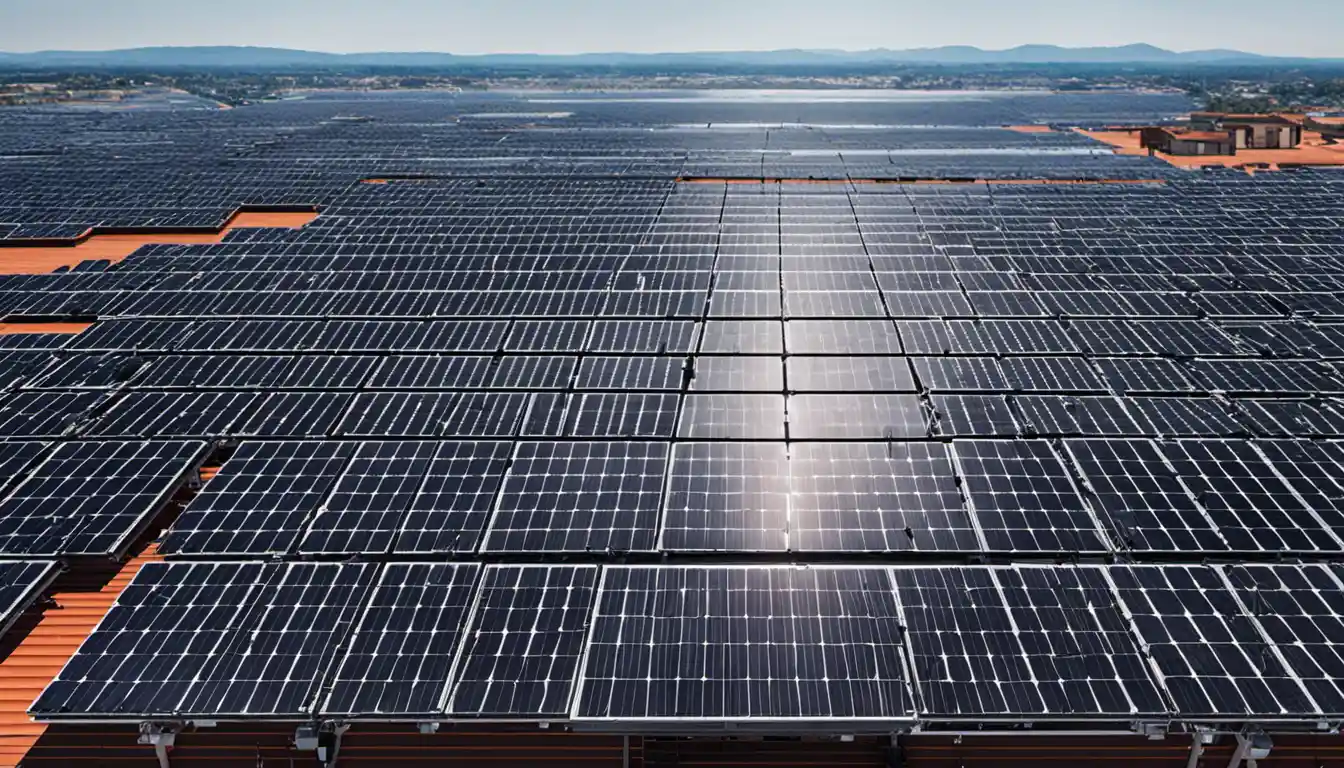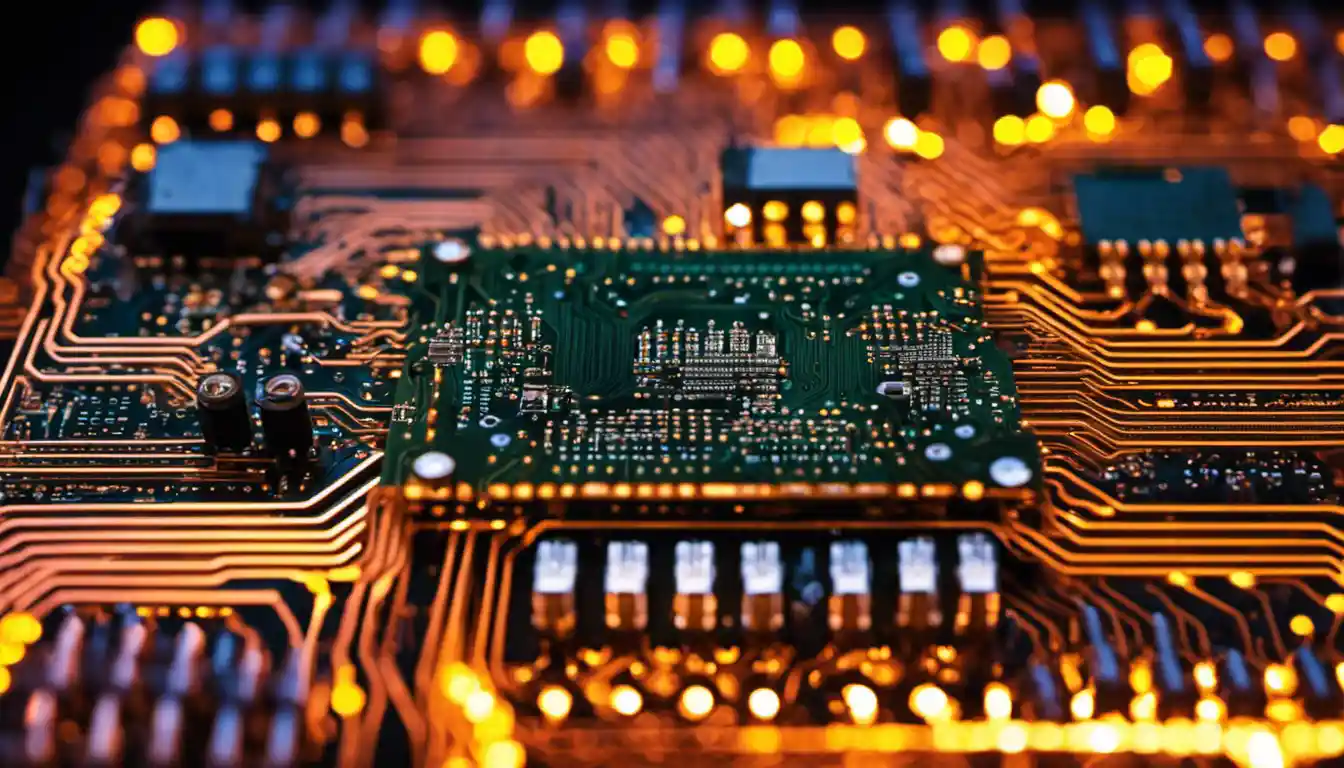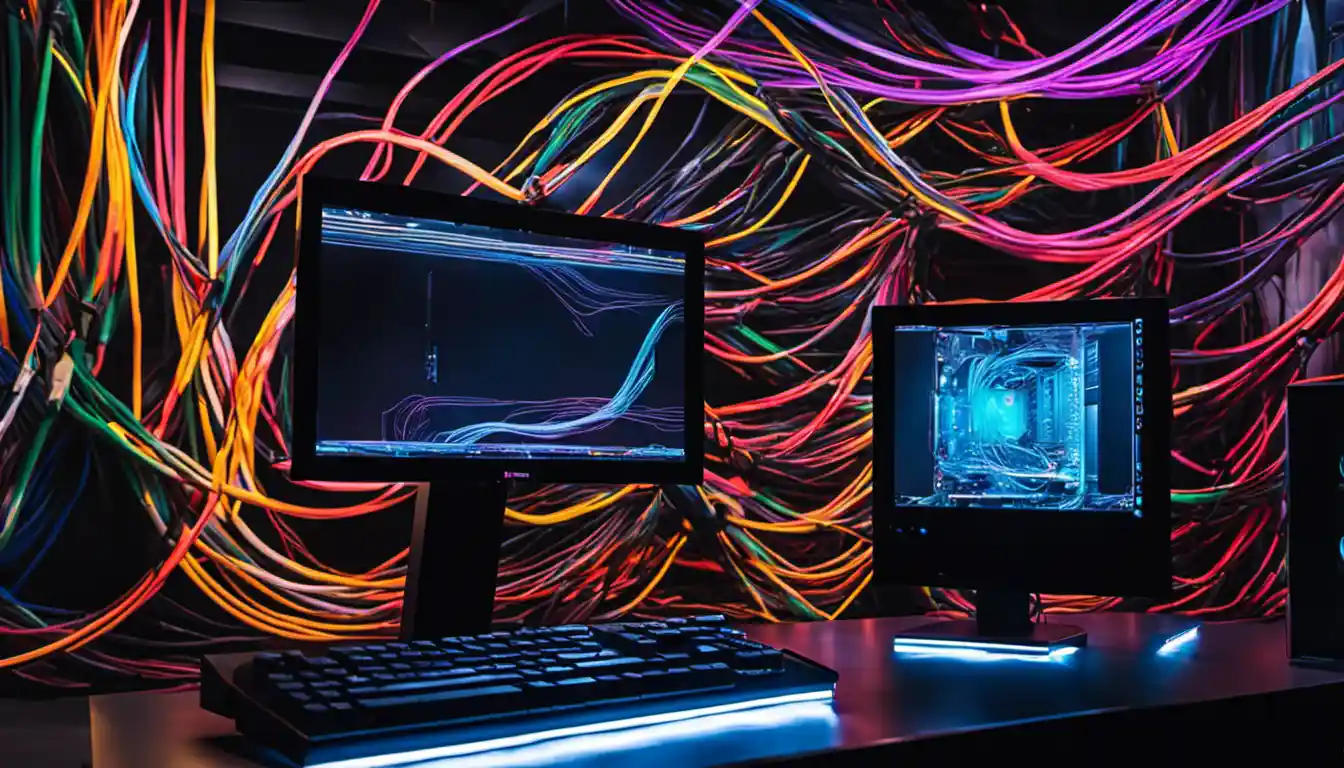Introduction to Solar Charge Controller Wiring
To wire a solar charge controller, firstly, connect the battery to the controller, ensuring the positive and negative terminals are correctly matched. Next, connect the solar panel to the controller, again matching the terminals correctly. Always make sure everything is safely disconnected from power sources while working.
What is a Solar Charge Controller?
Before we dive into “how to wire a solar charge controller”, it’s essential to understand what a solar charge controller is. This little device acts like an orchestra conductor, directing the flow of electrical current from your solar panels to your batteries in a harmonious and consistent manner. It ensures batteries aren’t overcharged during the day and limits the amount of reverse current at night. Solar charge controllers are, therefore, crucial for maintaining the health and efficiency of your solar power system.
Importance of Proper Wiring
If you are taking on the task of installing your solar charge controller, doing it right is not just a matter of effectiveness but also safety. One small misstep in the wiring process could lead to faulty operation, damage to your equipment, or even fire. Hence, the importance of proper and exact information on “how to connect a solar charge controller” cannot be overstated.
Understanding the Solar Panel Charge Controller Wiring Diagram
Components of the Wiring Diagram
A standard solar panel charge controller wiring diagram includes the solar panels (PV Array), the charge controller, battery, and load. Each of these components is interconnected, with specific points of contact, as shown in the wiring diagram. Familiarize yourself with these diagrams and the specific make and model of your charge controller.
Reading the Wiring Diagram
Learning to read a solar panel charge controller wiring diagram might sound intimidating. There will be several interconnected lines indicating connections and polarities. A good rule of thumb to remember is that red usually indicates a positive wire, black or blue for negative. Of course, always refer to your manufacturer’s guide for precise details.
Solar Power System Wiring Steps

Step 1: Tools and Materials Needed
Before we get started, make sure you have the correct and necessary tools. These include:
- A solar charge controller
- PV solar panels
- Battery (or batteries)
- Suitable rated wires (Check your controller’s manual)
- Basic hand tools: screwdrivers, wire cutters, and strippers
Step 2: Safety Precautions
Safety first! Always disconnect all power sources before starting. Wear suitable hand and eye protection, and work in a well-lit, ventilated area.
Connecting the Battery to the Solar Charge Controller
Step 3: Identifying the Battery Terminals
Look for the battery terminals on your solar charge controller. They are often marked as ‘Battery’ or ‘Batt’. Pay attention to the polarity (+/-) marked on your device.
Step 4: Connecting the Battery Wires
Ensure your controller is not connected to any power source. Attach the positive (usually red) wire to the positive battery terminal, then repeat with the negative wire on the negative terminal.
Step 5: Securing the Battery Connections
After ensuring the right connections, tighten all terminals to prevent any loose connections that could cause issues down the line.
Connecting the Load to the Solar Charge Controller
Step 6: Identifying the Load Terminal
Now let’s connect the load. The load terminal can often be seen labeled as ‘Load’ or ‘OUT’ on your solar charge controller.
Step 7: Connecting the Load Wires

Following the same process as the battery, attach the positive (usually red) wire to the positive load terminal and the negative (usually black or blue) to the negative terminal.
Step 8: Securing the Load Connections
Ensure all connections are tight as loose wires can lead to inefficiencies or malfunctions.
Connecting the PV Array to the Solar Charge Controller
Step 9: Identifying the PV Array Terminals
These will be labeled as ‘PV Array’, ‘Solar Panels’, or ‘Panel’. Again, pay close attention to the indicated polarities.
Step 10: Connecting the PV Array Wires
Once more, match the polarity. The positive wire goes to the positive solar panel terminal, and the negative wire connects to the negative terminal.
Step 11: Securing the PV Array Connections
Same as before, check that all connections are snug and secure.
Post-Installation Steps
Step 12: Checking All Connections
It’s crucial to give your wiring setup a meticulous review. Ensure all connections are as per requirements and tightly secured.
Step 13: Powering On the System

Now is the fun part, turning on the system. After confirming that everything is in order, power on your system. Be sure to monitor it for a few minutes to ensure everything is functioning correctly.
Step 14: Testing the System
One way to test the system is by charging your battery and observing if it charges accordingly.
Troubleshooting Common Issues
Problem: No Power
If after your installation, you find that the system doesn’t power on, it might be due to improper or loose wiring connections, a blown fuse, or sometimes a faulty product.
Problem: Inconsistent Charging
Your batteries not charging consistently could mean that the panels are not getting enough sunlight. Shadows, dirt, or dust on the panels could cause this issue.
Problem: Overheating
Overheating could indicate a problem with the charge controller itself, or there could be an issue with incorrect wiring.
Conclusion
Learning “how to wire a solar charge controller” is a valuable skill to have, whether for personal or professional purposes. It saves expenses and promotes a deeper understanding of your solar power system. Always remember to follow proper safety measures, use the right tools, and correctly interpret your solar panel charge controller wiring diagram. For more on solar charge controller installation and other solar energy management practices, be sure to bookmark our site for ease of reference. Here’s to harnessing the power of the sun effectively and safely!



